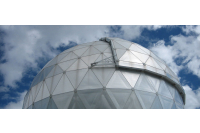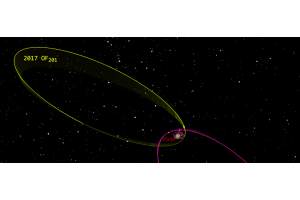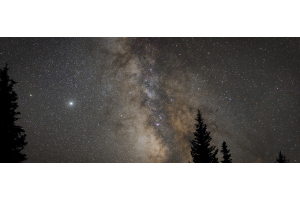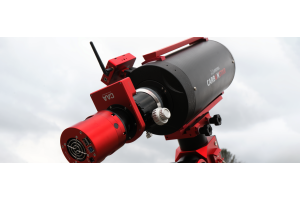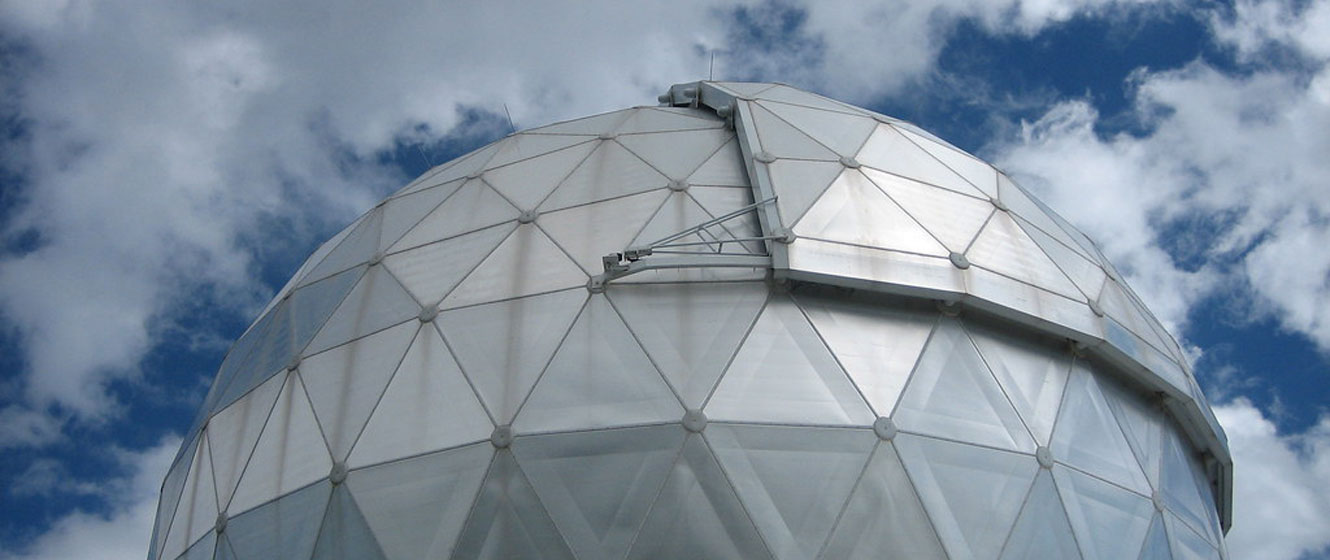
We wouldn’t know even a fraction of what’s out there in the night sky if it weren’t for telescopes. Before they were invented, mankind could only gaze up and wonder. What exactly were all those dots? Were they far away, or very small? Why did some of the bigger dots move around so much? Even after astronomers began answering some of these questions, more popped up in their place. The bigger the questions, the more technology we needed to answer them.
Finally, we’ve reached the point we’re at now where we have the capability of building incredible, mind-bogglingly huge telescopes that can see sights our ancestors could hardly dream of. The most powerful telescopes on Earth are scattered all over the globe. These are just a few of them.
Gran Telescopio Canarias
By far, the world’s largest single aperture telescope is the Gran Telescopio Canarias located in Spain. It’s an optical telescope, and its mirror has a diameter of 34.1 feet. The mirror is not one large structure but is actually made up of 36 different pieces that can be moved around and shaped in order to compensate for changes in the atmosphere. This mirror array sits on an altitude-azimuth mount.
The telescope’s configuration means that minuscule adjustments can be made in order to achieve the best image possible. Its ability to see past distortion and minimize the effects of temperature differences means it can see very faint, very distant objects. Gran Telescopio Canarias will remain the largest telescope in the world until the Thirty Meter Telescope in Hawaii is finished.
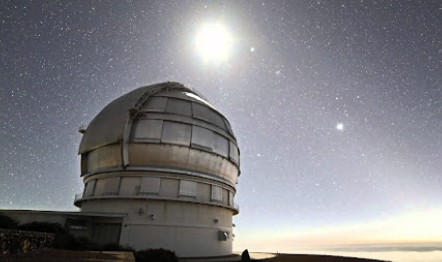
South African Large Telescope
In the southern hemisphere, the South African Large Telescope (SALT) reigns supreme. It’s able to capture images that are lost to the northern hemisphere thanks to a 10-meter mirror divided up into 91 hexagonal mirrors. SALT, like the Gran Telescopio Canarias, can see some pretty faint objects, like galaxies that are a billion times too faint for naked eye observation. The main function of SALT is spectroscopy, which studies the absorption and emission of light. SALT has a fixed altitude and uses a payload system to track objects across the sky.
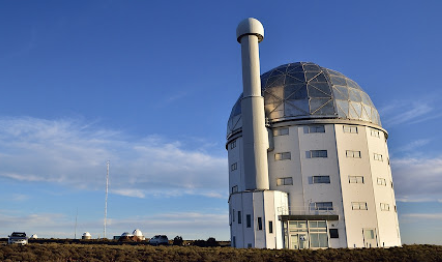
Image Credit: South African Tourism
Keck I and II
Though not the biggest telescopes in the world, Keck I and II are still at the top of the list and are perhaps the more notable ones to the general public. Like SALT, they each have a 10-meter mirror with hexagonal segments, though they have 36 rather than 91. Keck I and II are optical as well as infrared telescopes, and as far as productivity in the realm of scientific research is concerned, these two can’t be beaten.
Temperature variations during the day mean that the Keck telescopes need to be cooled constantly. Each dome is more than 700,000 cubic feet in volume, so super-sized air conditioners are needed to keep the space around freezing temperature. In addition to this, to limit atmospheric distortions, the computer system can trigger tiny adjustments about 2,000 times per second.
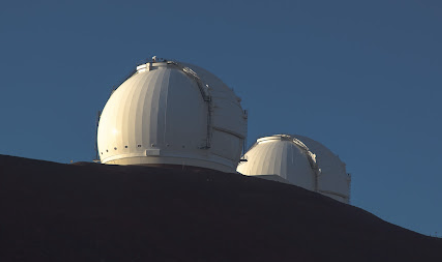
Image Credit: Vadim Kurland
Hobby-Eberly Telescope
Located in Texas, the Hobby-Eberly Telescope is an optical telescope with an 11-meter mirror. That might make it sound like it’s larger than the previous telescopes we mentioned, but it’s technically considered a 9.2-meter telescope because that’s about how much of the mirror is used at any given time. The mirror, like the mirror at SALT, is divided into 91 hexagonal pieces. Also like SALT, it has a fixed altitude (at 55 degrees) but it’s on a tracker mount that can move in six directions. This means it can observe about 70% of the sky. The dome is uniquely shaped in order to regulate temperature (can’t discount that Texas heat!). Hobby-Eberly is designed for spectroscopy.
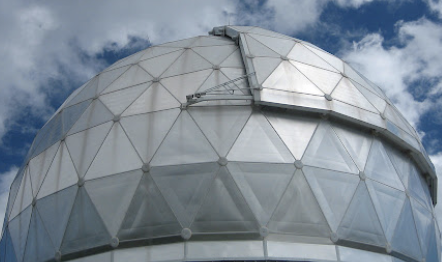
Large Binocular Telescope
The name of the Large Binocular Telescope gives away its interesting and very unique design. Two 8.4-meter telescopes are side by side and attached to the same mount. This results in a total observation area of 11.8 meters. It’s located in Arizona at an altitude of about 3200 meters. The binocular design means the telescope is extremely sensitive and can spot faint objects very effectively. Amazingly, it even provides clearer images than the Hubble Space Telescope. A binocular-like setup allows for the use of stereoscopic imaging, which is when you combine two photos of the same thing, just taken at different angles. These two angles provide their own perspective of the object, and when they’re put together they add depth and detail.
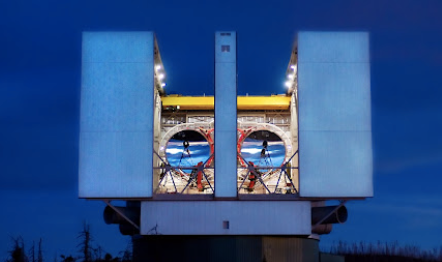
Image Credit: Large Binocular Telescope Observatory
These are the notable telescopes, but there are many more that are sizable in their own right. In addition, there are plans for new telescopes that will overtake these ones by a large margin. The world of astronomy is only going to become more incredible and increasingly filled with groundbreaking technology. Keep an eye on upcoming projects and expect to see some amazing things!

Learn More
Interested in learning more about telescopes? Not sure where to begin? Check out our Astronomy Hub!
This Article was Last Updated on 08/16/2023




